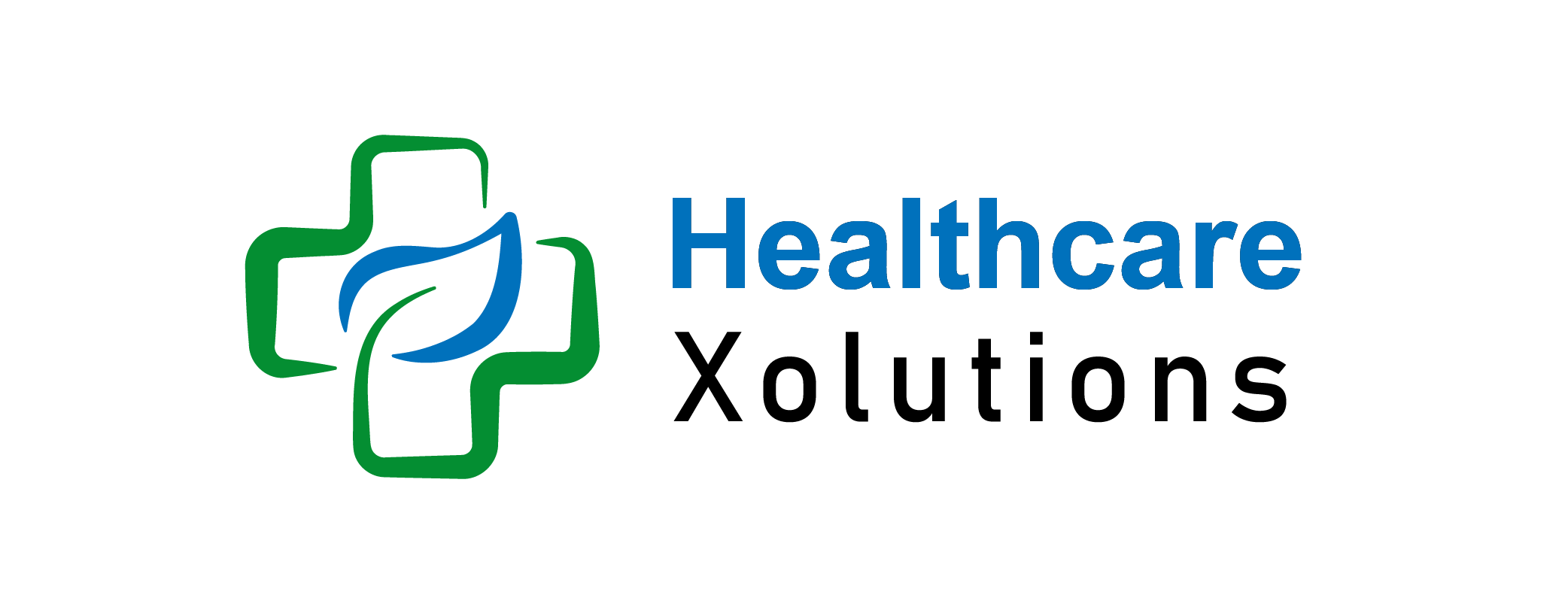Balancing Cost and Coverage In ACA | Ultimate Guide

Want to know about the Balancing Cost and Coverage?
Navigating the health insurance marketplace can be a daunting task, especially when it comes to balancing cost and coverage of premiums with the level of coverage. Affordable Care Act (ACA) plans are designed to make healthcare accessible to more people, but selecting the right plan requires understanding how premiums and coverage work together to meet individual health needs.
This article explores the factors to consider when balancing cost and coverage in ACA.
Read More: How To Choose Health Insurance as a Self-Employed | Step-By-Step Guide 2025
Key Takeaways:
- ACA (Affordable Care Act) plans offer different levels of coverage to meet a range of healthcare needs and budgets, categorized as Bronze, Silver, Gold, and Platinum
- Striking a balance between coverage and cost is essential. While higher-tier plans like Gold and Platinum offer better coverage and lower deductibles, they come with higher monthly premiums. In contrast, Bronze and Silver plans have lower premiums but higher deductibles, suitable for those with fewer healthcare needs.
- Choose a plan based on your anticipated healthcare usage. Frequent doctor visits, prescription needs, or chronic conditions might justify a higher-tier plan, while infrequent users may benefit from lower-cost plans.
- Many ACA enrollees qualify for subsidies that can reduce premiums, particularly for Silver plans. Understanding eligibility for these subsidies can make a significant difference in overall costs.
- Ensure the plan includes your preferred healthcare providers and covers essential services like preventive care, prescriptions, and specialty visits. Narrow networks can limit choices but often reduce costs.
- Consider the plan’s deductible and maximum out-of-pocket limit, as these directly impact your expenses if you need extensive care.
- ACA open enrollment periods are limited, so it’s crucial to evaluate options early to avoid missing deadlines, or else rely on special enrollment periods triggered by qualifying life events.
Table of Contents
Understanding ACA Premiums and Coverage:
What Are Premiums?
Premiums are the monthly payments you make to keep your health insurance active. They vary based on the plan’s level of coverage, the insurer, and regional factors. Premiums do not count toward your deductible or out-of-pocket maximums.
What Does Coverage?
Coverage refers to what the insurance plan pays for. This includes doctor visits, hospital stays, preventive care, prescription drugs, and other medical services. The extent of coverage is often reflected in the plan’s cost-sharing requirements, such as deductibles, copayments, and coinsurance.
Factors Influencing ACA Premium and Coverage Levels:
1. Plan Categories:
ACA plans are divided into four categories: Bronze, Silver, Gold, and Platinum. Bronze plans have the lowest premiums but the highest out-of-pocket costs when care is needed. Conversely, Platinum plans charge the highest premiums but offer the lowest out-of-pocket costs. Choosing a category often depends on your expected healthcare needs and financial flexibility.
Understanding ACA Plan Categories:
The ACA offers four primary plan categories—Bronze, Silver, Gold, and Platinum. These categories differ in how costs are shared between you and your insurer. Here’s a breakdown:
- Bronze Plans: Lower monthly premiums, and higher out-of-pocket costs. Ideal if you’re generally healthy and expect minimal medical expenses.
- Silver Plans: Moderate premiums and out-of-pocket costs. Best suited for those who qualify for cost-sharing reductions and anticipate moderate healthcare needs.
- Gold Plans: Higher premiums with lower out-of-pocket expenses. Beneficial if you have ongoing medical needs or prefer more predictable healthcare costs.
- Platinum Plans: Highest premiums but the lowest out-of-pocket costs. Often recommended for those who expect frequent healthcare services and want maximum coverage.
2. Location:
Your location significantly affects both premiums and the extent of coverage due to state-specific regulations and the number of providers in the network.
3. Income:
Subsidies based on income can lower your premium payments. These are available for individuals and families earning between 100% and 400% of the federal poverty level. Calculating your expected income is crucial to determining your eligibility for subsidies.
4. Health Needs:
Your personal health needs play a pivotal role in the decision-making process. If you require regular medical services, a higher premium plan like Gold or Platinum may offer better economic sense due to lower out-of-pocket costs per service.
Strategies For Balancing Costs and Coverage In ACA:
1. Evaluate Your Health Needs and Financial Goals:
Start by assessing your healthcare needs and budget. Consider the following factors:
- Frequency of Medical Visits: If you require frequent medical care, a Gold or Platinum plan may be cost-effective in the long run.
- Medications: Some plans offer better prescription coverage. Review the formulary (drug list) to ensure that your medications are covered at a reasonable cost.
- Specialist Visits: If you regularly see specialists, check that your preferred providers are in-network for the plan you’re considering.
- Preventative Care Needs: All ACA plans cover preventive services without additional costs, but higher-tier plans may have lower out-of-pocket costs if you need more than just preventive care.
2. Comparing Premiums and Out-of-Pocket Costs:
Monthly premiums aren’t the only costs you’ll face with health insurance. Understanding the following terms will help you estimate your annual expenses:
- Deductible: The amount you pay for healthcare services before your insurance begins to share costs.
- Copayments (Copays): A fixed fee you pay for certain services, like doctor visits or prescriptions.
- Coinsurance: The percentage you pay for covered services after meeting your deductible.
- Out-of-Pocket Maximum: The maximum amount you’ll pay in a year for covered services. Once reached, your insurance pays 100% of covered costs.
A lower premium plan often means higher deductibles and out-of-pocket costs, which may work for healthy individuals who don’t anticipate frequent medical needs. However, if you expect regular healthcare services, a higher premium plan with lower deductibles and coinsurance may offer better overall savings.
3. Look for Subsidies and Cost-Sharing Reductions:
One of the significant benefits of ACA plans is the availability of subsidies to make health insurance more affordable. Depending on your income level, you may qualify for:
- Premium Tax Credits: These credits can lower your monthly premium costs. Individuals and families earning between 100% and 400% of the federal poverty level typically qualify.
- Cost-Sharing Reductions (CSR): If your income falls below 250% of the federal poverty level, you may be eligible for cost-sharing reductions, which decrease out-of-pocket expenses for Silver plans.
Using these financial aids can help you afford a plan with better coverage.
4. Network Coverage and Provider Access:
ACA plans have different network structures. Review your plan’s network to ensure that your preferred doctors, hospitals, and specialists are included:
- Health Maintenance Organization (HMO): Typically has a narrower network and requires referrals for specialists.
- Preferred Provider Organization (PPO): Offers a broader network and flexibility to see providers outside the network at a higher cost.
- Exclusive Provider Organization (EPO): Similar to an HMO but usually doesn’t require referrals, although out-of-network care isn’t covered.
- Point of Service (POS): Combines features of HMO and PPO plans, offering flexibility with referrals.
Each network structure affects the cost and availability of care, so choose one that aligns with your provider preferences and healthcare needs.
5. Review Additional Benefits:
Some ACA plans offer extra benefits that may be relevant depending on your circumstances, such as:
- Mental Health and Substance Abuse Services: Many ACA plans cover these services, but coverage levels can vary.
- Maternity and Newborn Care: Essential if you’re planning a family.
- Rehabilitative Services and Devices: For those with chronic conditions or ongoing rehabilitation needs.
Take note of these benefits as they can add value to your plan.
6. Use Online Tools and Assistance:
Several resources can guide you through the decision-making process, including:
- Healthcare.gov: Offers comparison tools to help you assess plans based on premium costs, out-of-pocket expenses, and more.
- Brokers and Navigators: Certified agents and brokers can help you select a plan at no extra cost, as can ACA-certified navigators who provide free assistance.
Conclusion – Balancing Cost and Coverage:
Choosing the right ACA plan for Balancing Cost and Coverage is a balance between what you can afford to pay each month and the kind of health care you anticipate needing. By thoroughly assessing your health needs and understanding the details of each plan, you can make an informed decision that balances premiums with coverage effectively, ensuring you have access to necessary health services without overstretching your budget.
